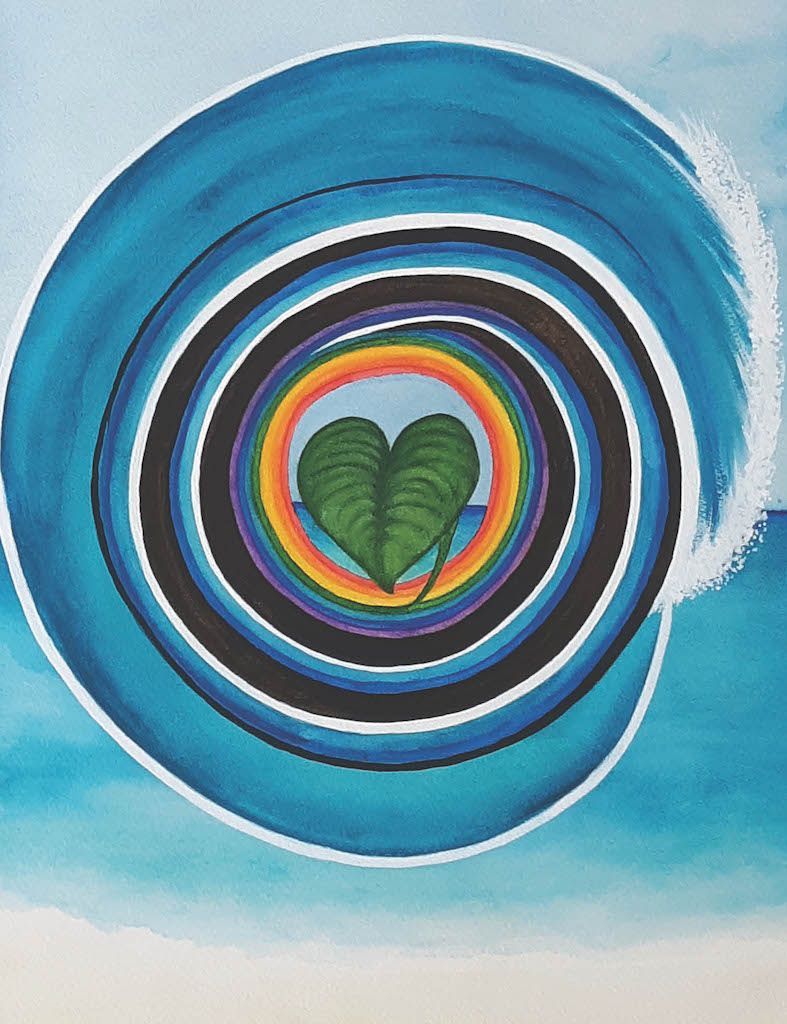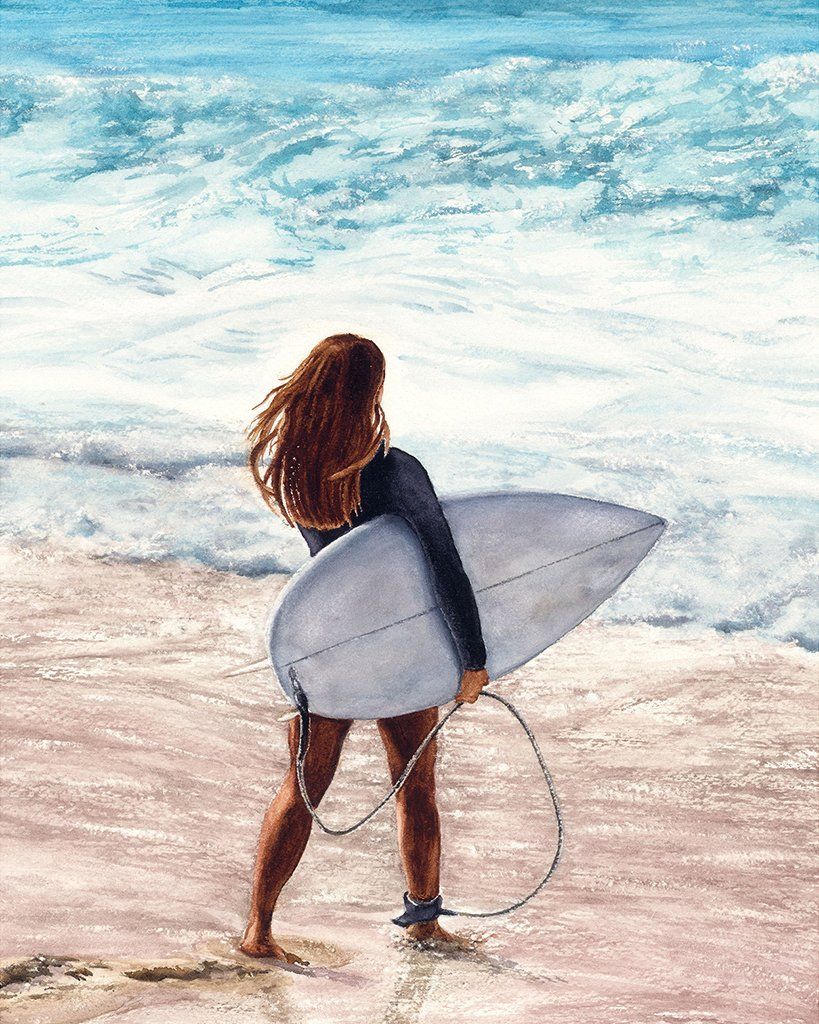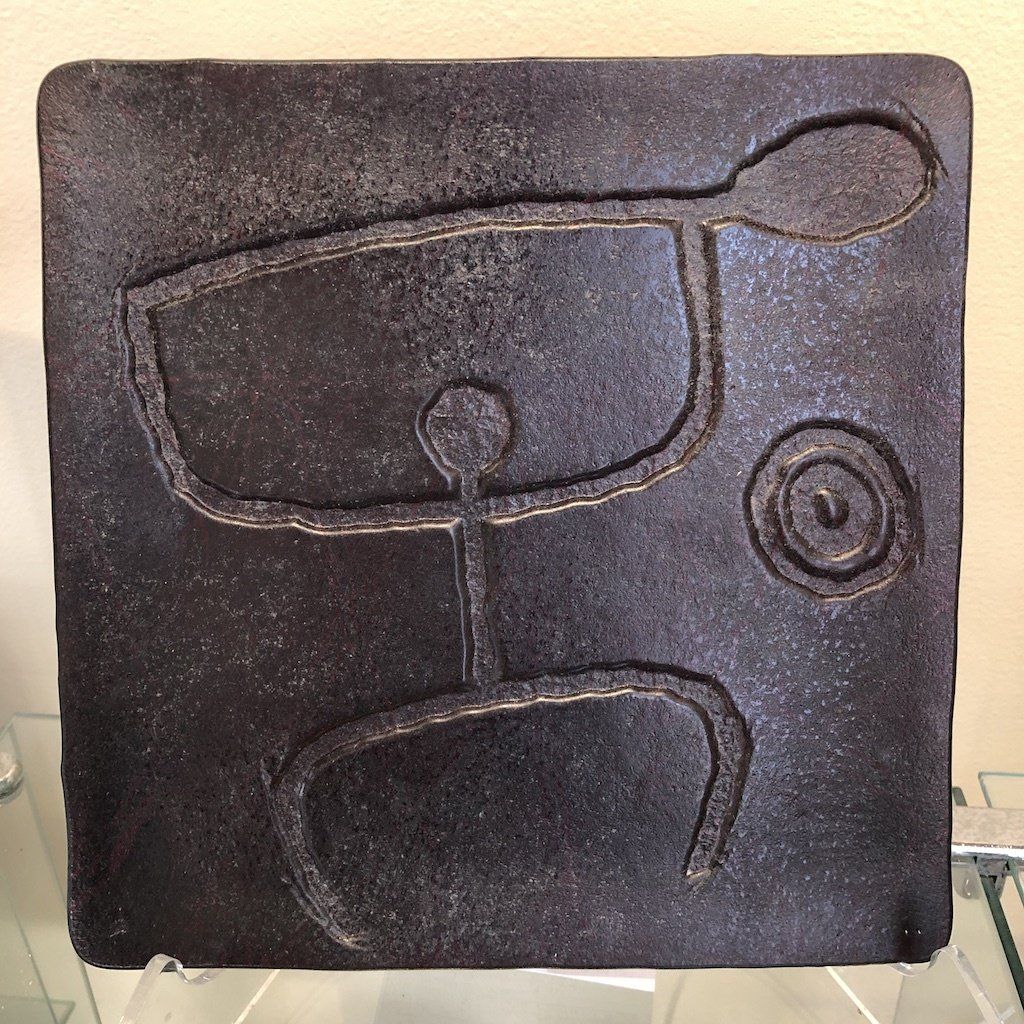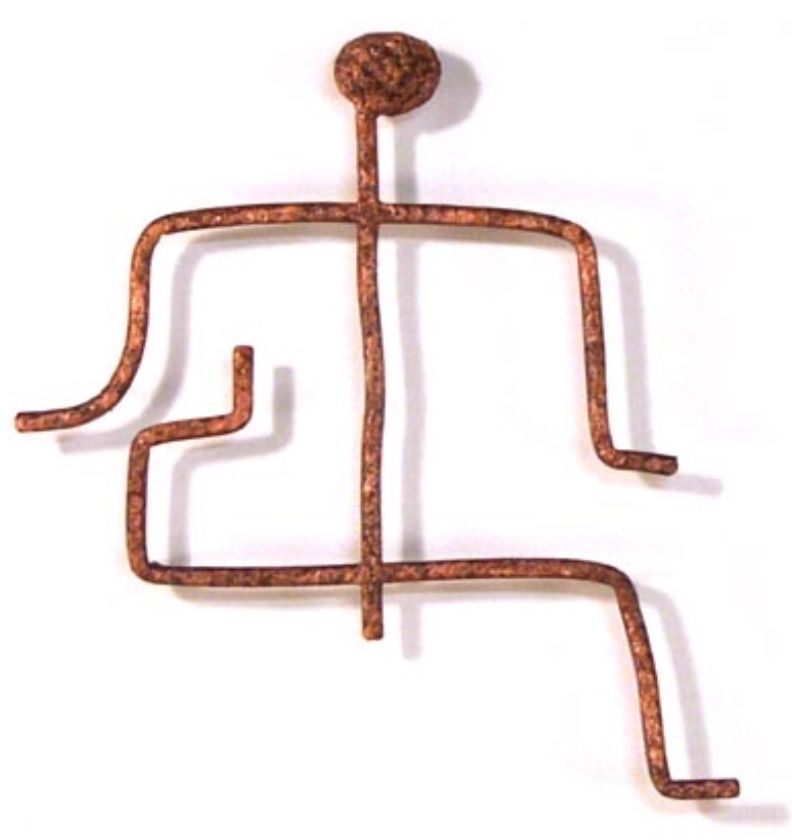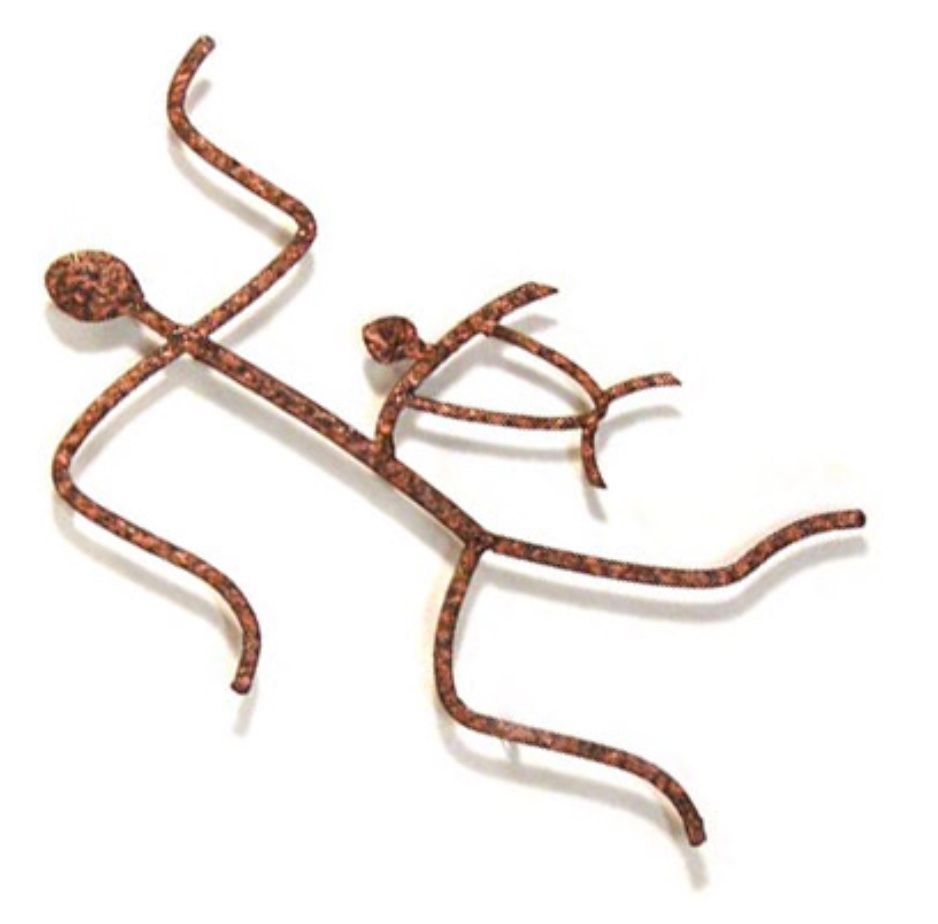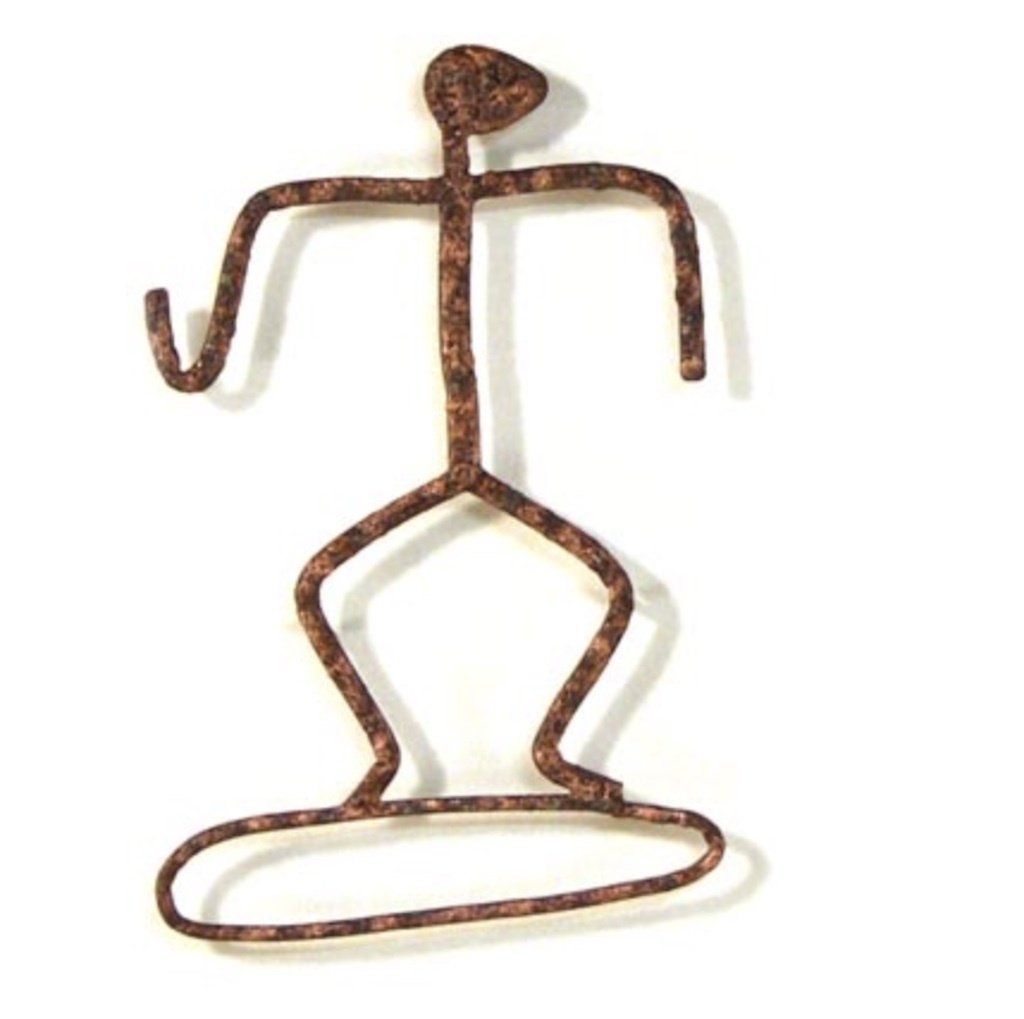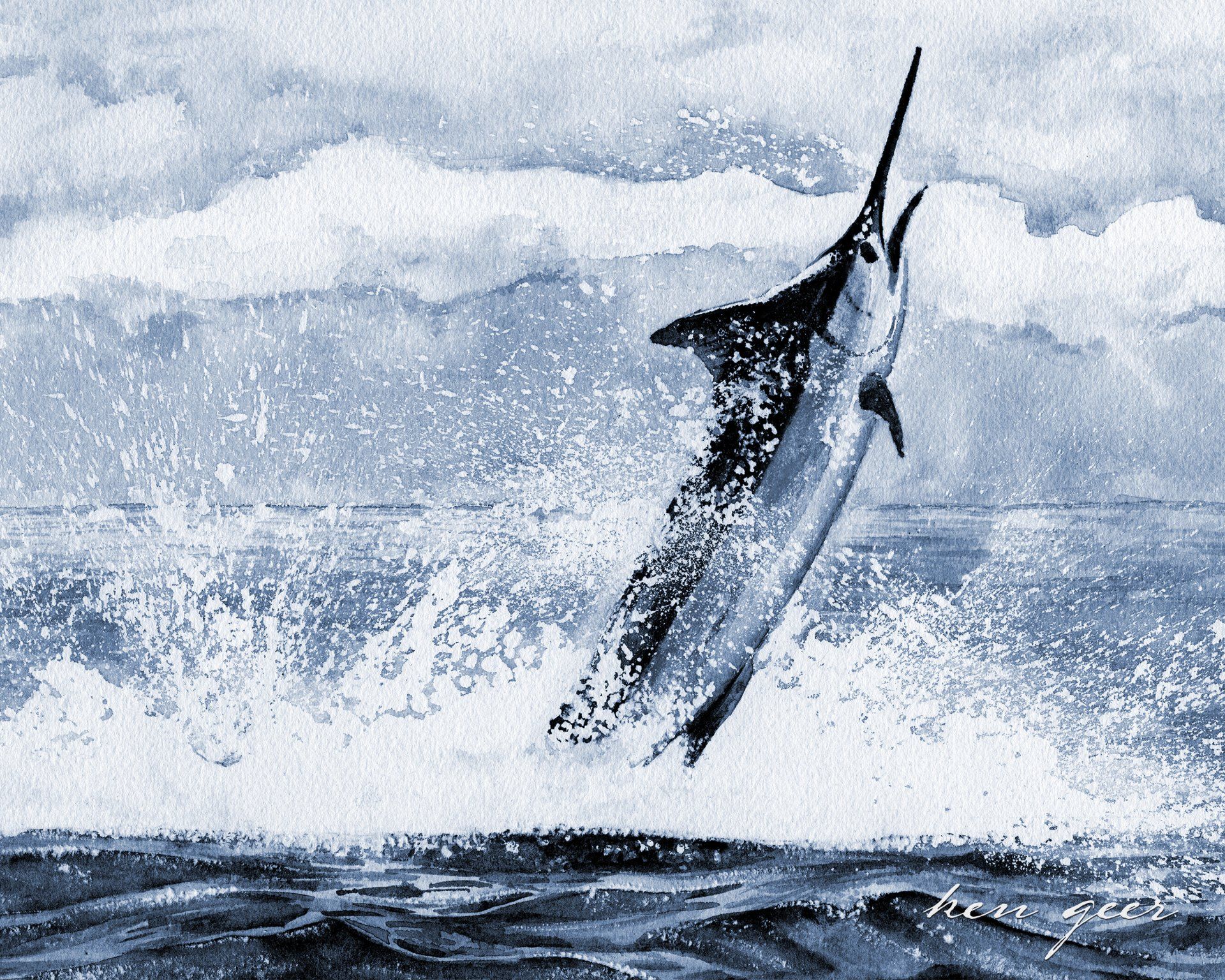September 2023 at the Gallery
Volume 14, Issue 9
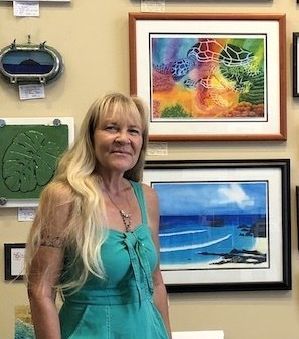
Kailua Village Artists featured artist for the month of September is watercolor artist and digital designer Stefanie Culbertson.
Culbertson has been painting with watercolors for over 34 years, since moving to Hawaii in 1989 from Germany. Time has not diminished her fascination with the lush beauty of this Island. Rather, she has grown deep roots here and the environs continue to inspire her art. She holds a BA in Digital Design and started her own business, Tiffany Arts Designs, in 2006.
Culbertson has created two series of watercolor paintings for which she is most recognized: her "Anuenue" (rainbow) and her “Fire-Earth-Air-Water” series. She loves to interweave legends and hide deeper meanings within her watercolor paintings.
As featured artist, Culbertson will introduce new paintings to each of these series.
This painting, "Awa in Rainbow Spiral Wave," joins the "Anuenue" collection. Awa in Hawaiian, also commonly referred to as kava (Tongan), is a plant native to the South Pacific. White the leaves are pretty, it is actually the root that is consumed as a beverage, often ceremonially for spiritual, medicinal, cultural, and social practices. Anyone who has tried awa is familiar with its lip-tingling sensation. It is also known for its calming and relaxing effects, and its use in rituals seeking spiritual guidance.
In Culbertson's painting, a rainbow floats in a circle with the
awa leaf emerging from the green with its heart shaped leaf. The blues and purple in the spiral path wind out into a breaking wave. The white and black representing the unavoidable, the light and darkness that interweaves our journey through every day life. In the shape of the nautilus is this spiral path of the wave that eventually makes the darkness vanish from the path.
Contributors to this article:
Stefanie Culbertson, Shannon Nakaya
Kona Art and Athletics
Hawaii's year round mild climate makes it a desirable place for many athletes and outdoor athletics. On any given morning, the waters around the Kailua pier are filled with athletes, young and old, casual and professional.
While we do not have a major league baseball team or an NFL football team in the state, Kailua Kona is home to two major sporting events annually: The Queen Liliuokalani Long Distance Canoe Race and the Ironman Triathlon. The canoe race is a four day long event sandwiching the Labor Day weekend, and the Ironman happens in October. Both events bring athletes, athletic teams, supporters, and families, to town. For better and for worse, this influx of people puts our small town in a bit of a tizzy during their annual runs. Restaurants, hotels, parking lots, and streets all become crowded during these weeks, but there are so many fit and healthy athletes in our midst to inspire, and there is definitely more excitement in the air as well.
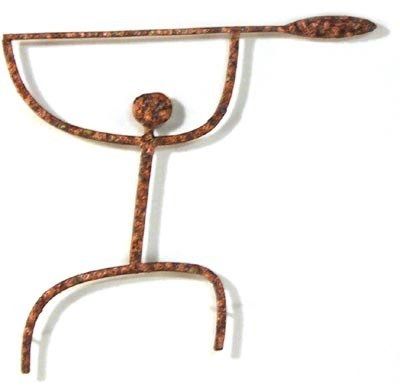
Of the two events, the Queen Liliuokalani Canoe Race is definitely the more “homegrown” race as paddling is deeply embedded in Hawaiian culture, as evidenced by petroglyphs depicting paddlers. Ancient Hawaiians built and utilized several different canoe styles for different tasks. Small canoes were used to paddle around the island, as the rough lava and steep mountainsides made roadbuilding impractical. Large double hull canoes were used as war canoes and long distance voyaging canoes.
Paddling as a competitive sport has been gaining in popularity over the past 50 years or so, coinciding with the revival of Hawaiian culture starting in the 1970s. Paddling clubs dot the coastline of the Big Island and high schools run teams as well.
The Liliuokalani Canoe Race started in 1972, almost by accident. It was originally organized as a series of training races for the challenging long distance canoe races between Moloka’i and O’ahu. The race is named after Queen Liliuokalani, who was the last reigning monarch of the Hawaiian Kingdom. This year the race will be from August 31 thru September 4 when 2,500 paddlers from all over the world will compete in this largest of outrigger canoe races.
The main event of the canoe race occurs on Saturday with dozens of single-hull canoes racing the 18 miles between Kailua Pier and Pu'u Honua O Honaunau, otherwise known as the City of Refuge.
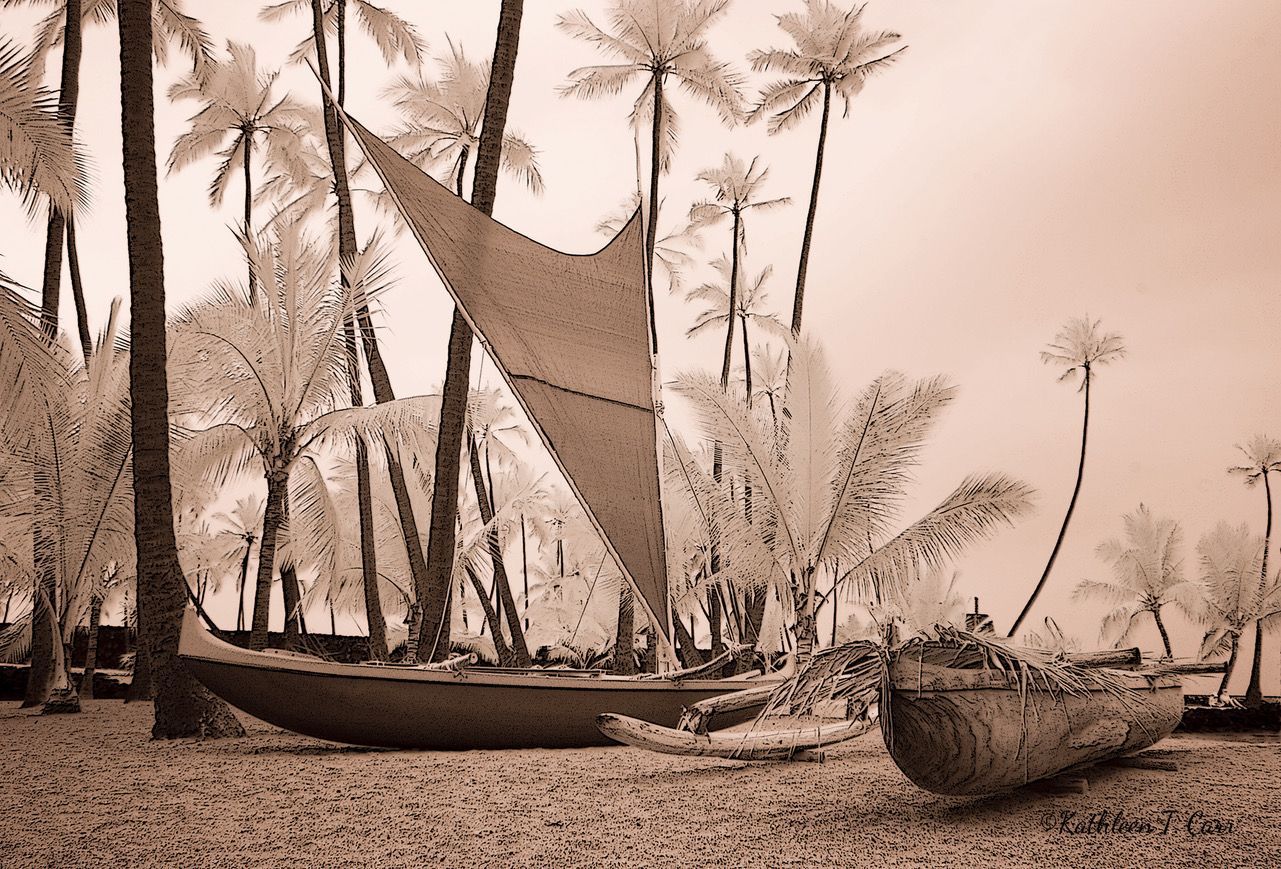
On Saturday Evening, there will be a torchlight parade. On Sunday, double hull and standup paddle board races; and on Monday, the Kupuna Classic for paddlers over 50.
The other more famous race is, of course, the Ironman Triathalon. Next month, we'll disclose more about this world class event that brings thousands of athletes and bicycles to Kona every October.
Contributors to this article:
Tamisha Lee.
Labradorite and Carnelian
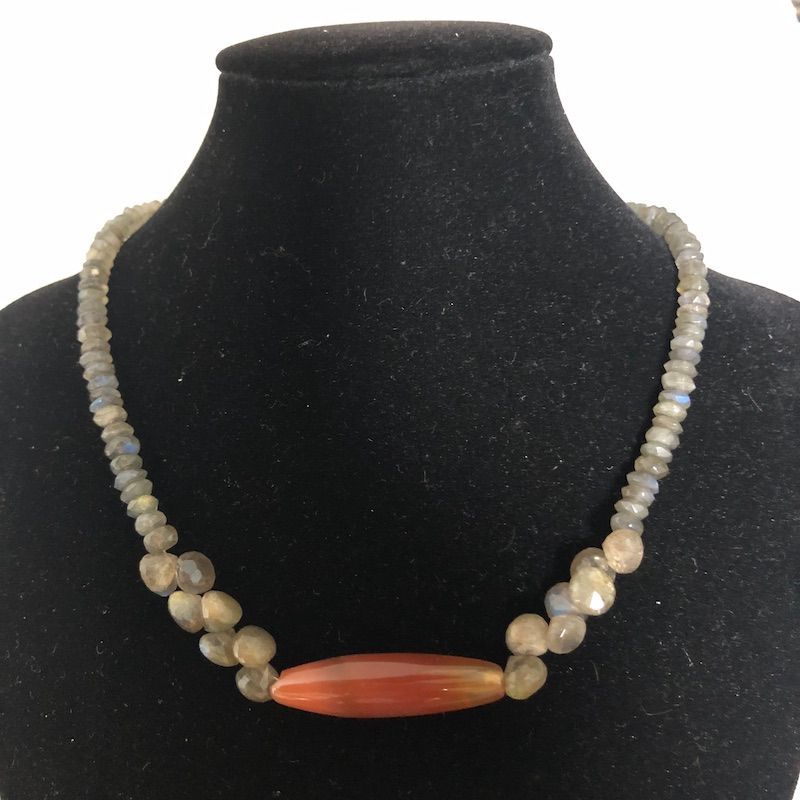
I recently photographed a necklace made by KVA Guest Artist Gigi Goochey. Then I looked up her description of it which read, “Labradorite and Carnelian.” My reaction (best expressed in the language of emoticons) was:
🤯 What and what?
Curiosity got the better of me, and I launched an investigation.
Labradorite is a naturally occurring mineral stone formed beneath the surface of the earth over millions of years. This makes labradorite is a piece of nature; humans can mine it and polish it but not create it.
Labradorite is typically grey to blue in hue, with streaks of blue green iridescence, which can range from subtle to quite dramatic. It is shown to best advantage when light is allowed to pass through the stone(s).
Labradorite is named after the Canadian province of Labrador where it was originally identified, though has been found on the continents of Europe, North and South America, Australia, and China. Labrador is also the province where ancestors of Labrador Retrievers came from.

Labradorite is considered a spiritual and energetic stone that restores energy to the body and mind and shields the aura against negativity.
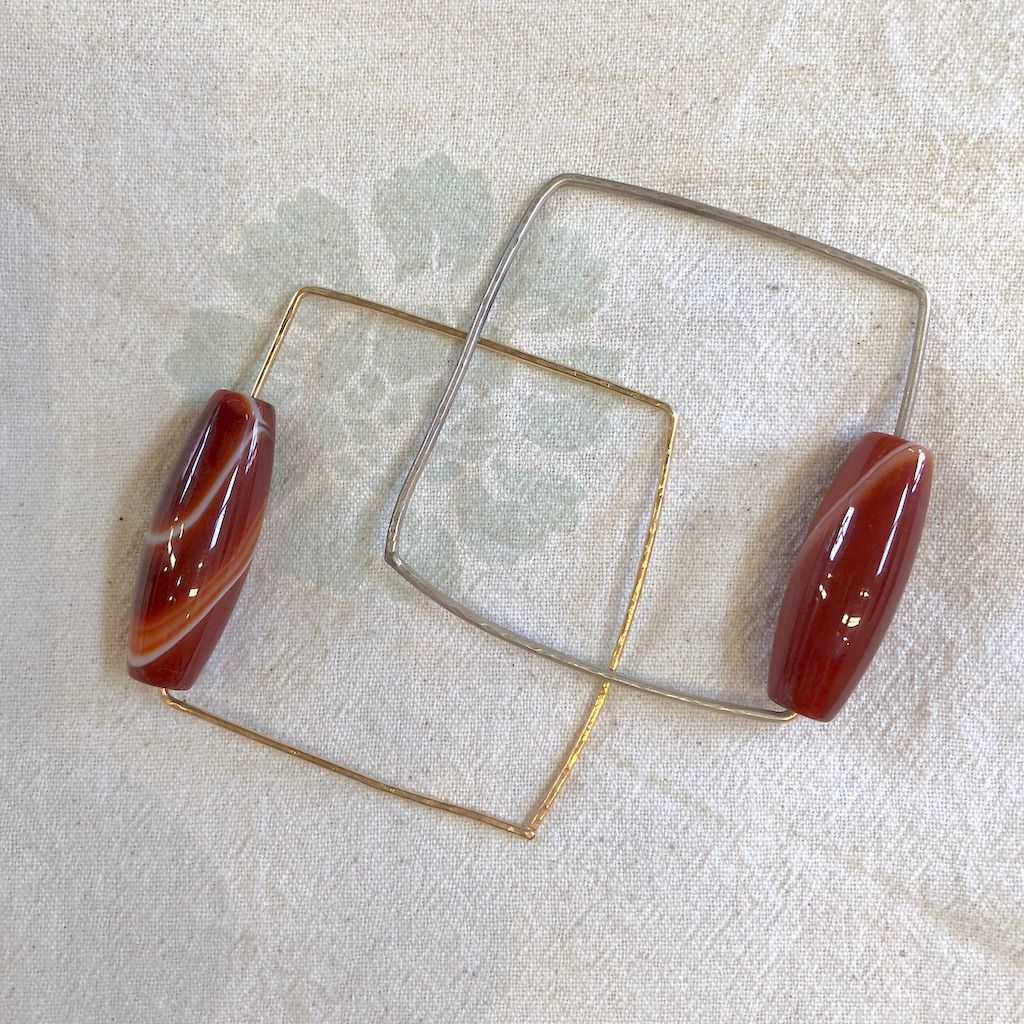
Carnelian is also a mineral stone mineral stone formed over millions of years beneath the earth’s surface. Iron incorporated into its chemical structure gives it a red-orange hue.
There is evidence of Carnelian being mined for jewelry 7000 years ago. Carnelian is mined many places the world over.
Carnelian is a particularly hard and durable stone, worn by ancient warriors during battle to imbue power and confidence. It’s red-orange tones are associated with strength, passion, and fertility, and a ward against sickness and plague. Carnelian is the birthstone of the late summer and early fall seasons.
Contributors to this article:
Shannon Nakaya
The rainbow path starts from envisioning life
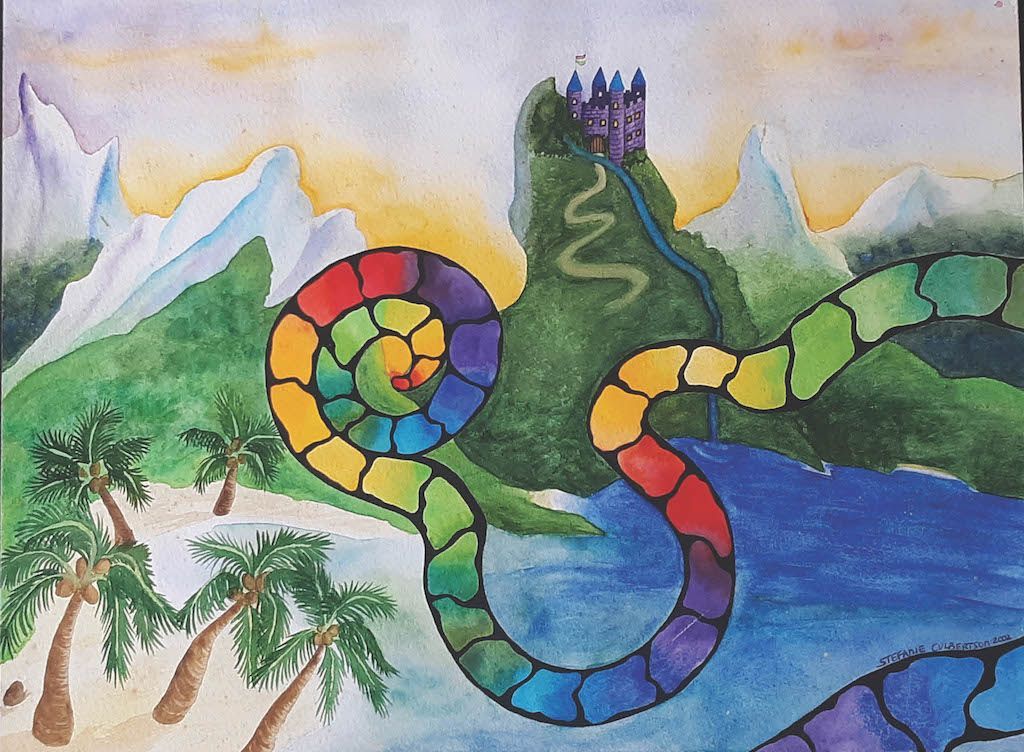
“Anuenue Path of Life” is another painting added to Culbertson's "Anuenue" series. The rainbow path starts from envisioning life within the sea and continues in green hues of the heart to its rainbow color sequence. The rainbow sequence repeats, each part symbolizing a life stage mastered, and then moving on to the next. It starts winding shorter and smaller in a circle toward the final sunset. The ocean, beach, palm trees, castle, and mountain peaks are the backdrop on the journey through life.
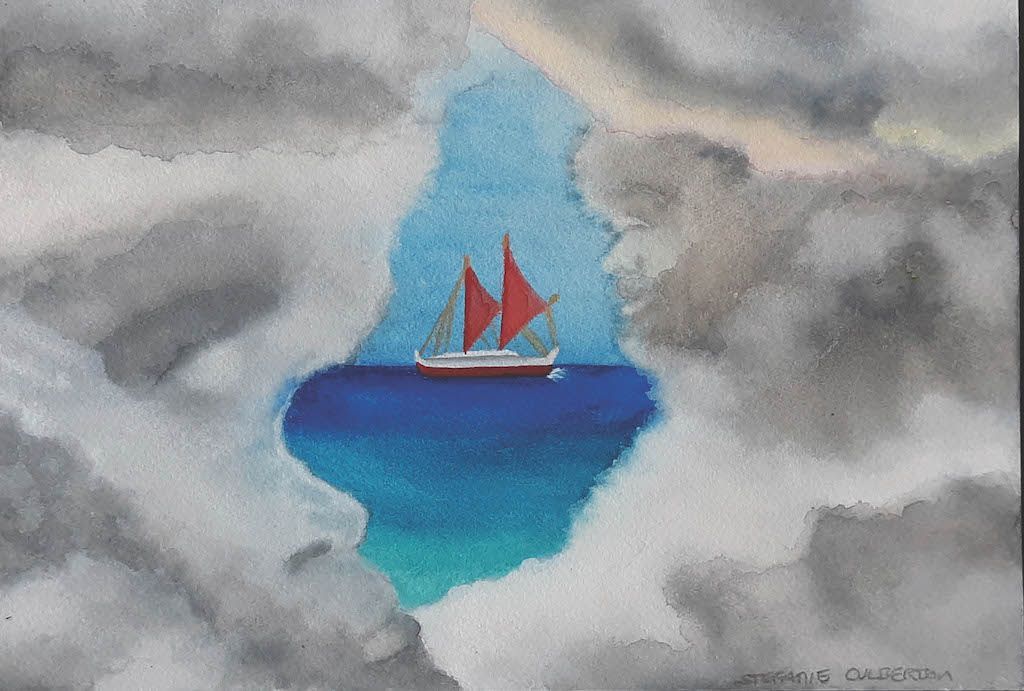
The painting, “Parting Sky after Monsoon Rain” was inspired during a particularly wet season for those of us residing in the higher mountain slopes of the Big Island. At one point, the clouds parted, and it was a striking moment seeing the crisp and clear colors of the ocean and sky revealed amidst the stormy backdrop. It was so moving. Thinking of ancient Hawaiian sea voyagers on their sailing canoes, I added the Hokule'a to the center of the painting. I wanted acknowledge their bravery and stamina navigating through and surviving violent storms to arrive in calm and serene waters.
If you would like to meet this remarkable artist and learn more about her paintings, Stefanie Culbertson will be working at the gallery on Saturdays, Sept. 9 and 30, and Sunday, Sept. 17, 2023.

One Paddle, Two Paddle
Origami Design and Sculpture by Shannon Nakaya
Subscribe to Our Monthly Newsletter
Thank you!
Please try again later.
Changed your mind? Just Unsubscribe.
Sorry you changed your mind, but we respect your decision. Aloha.
Please try again later.
75-5729 Alii Drive, Suite C-110
Kailua Kona, HI 96740
808-329-6653
kailuavillageartistskona@gmail.com
All Rights Reserved | Kailua Village Artists, Inc.

